May 3, 2024 | 14:35 GMT +7
May 3, 2024 | 14:35 GMT +7
Hotline: 0913.378.918
May 3, 2024 | 14:35 GMT +7
Hotline: 0913.378.918
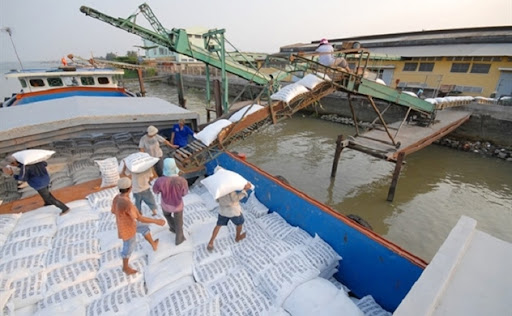
Prices of fertilizers have increased sharply due to the global energy crisis. Photo: BKP.
A Bloomberg survey on conditions of rice farmers in Thailand-one of the world's top rice exporters, shows that the farmers are facing "exorbitant prices" of fertilizers in the upcoming crop.
Mr. Pramote Charoensilp, President of the Thailand Agricultural Association, an organization representing rice farmers, said that the cost of fertilizer in this country is on track to double since 2020. Specifically, the price of various types of fertilizer currently stands at an average of 16,000 baht ($480)/ton, a sharp increase compared to that of 10,000 baht/ton last year.
Thailand is currently among the world's third-largest exporters of agricultural products. “It will be a problem for rice farmers in the coming months. Many of them have already harvested the previous rice crop and are preparing to sow for the new one so they will need fertilizer. However, the irony is that a ton of fertilizer is now more expensive than a ton of rice,” Pramote said at an interview on Tuesday.
Rice is still a kind of staple food of many countries in Asia. According to experts, soaring fertilizer prices due to the global energy crisis will likely cause an increase in production costs in the regio. It is forecasted that in some countries, this could lead to forcing governments to step in an increase of subsidies for farmers to ensure food security and essential supplies.
Like many other rice-producing countries, Thailand is now almost dependent on imported urea, phosphate and potassium fertilizers, mainly from China. Not only Thailand but also India, Pakistan and Southeast Asian countries are in a similar situation.
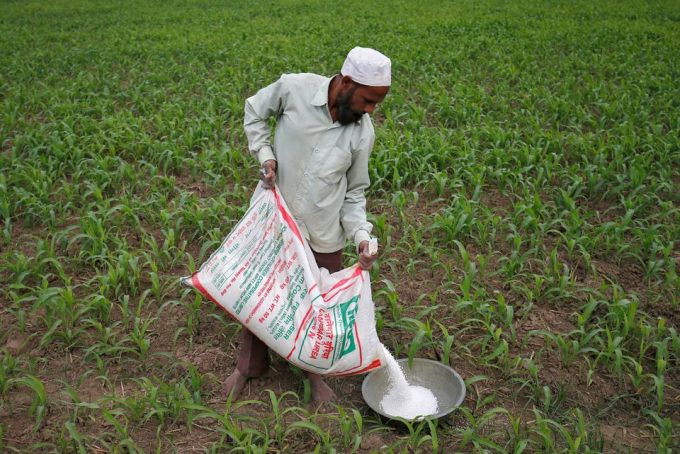
An Indian farmer prepares to fertilize his cornfield on the outskirts of Ahmedabad. Photo: Reuters.
This makes farmers in this Southeast Asian country even more vulnerable while facing changes in the export policy of China-the world's second-largest economy, and the woes are warned to worsen since logistics costs are also high and the Chinese customs stepped up control on fertilizer exports due to concerns about the impact of rising prices on domestic food security from mid-October.
Mr. Pramote said that while the flood situation has been affecting most of Thailand's rice production, domestic enterprises still aim to export 6 million tons of rice this year.
"The cost of fertilizer will become a 'big problem' for farmers who are struggling with low prices for agricultural products. The government should intervene because the price of Thailand’s 5% broken white rice is now down about 30% from a peak in February," Mr. Pramote said.
According to Bloomberg, fertilizer costs are also causing impacts on other countries in Asia. The Crop Production Department under the Ministry of Agriculture and Rural Development of Vietnam said that it is encouraging rice farmers to cut the amount of fertilizer in half.
Meanwhile, in the Philippines, Wilfredo Roldan, General Director of the Fertilizer and Pesticide Administration, predicts that domestic rice and corn prices will have to increase sharply to offset costs because fertilizers account for 70% of the manufacturing cost.
Translated by Linh Nguyen
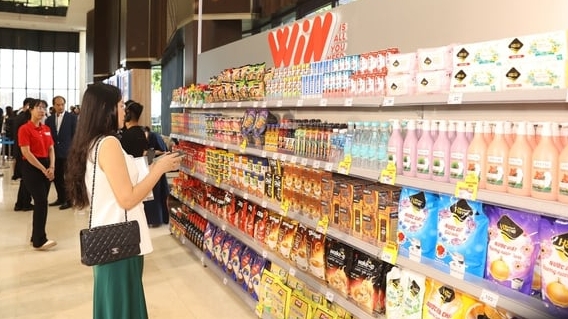
(VAN) According to the 'Go Global' strategy, Masan Consumer aims to achieve 10-20% of revenue from the global market, bringing Vietnamese brands to the world.
/2024/05/03/3424-2-112655_930.jpg)
(VAN) According to Dr. Pham Anh Tuan, one of the current difficulties that needs to be resolved for Vietnam's marine farming to accelerate its development is the output market problem.
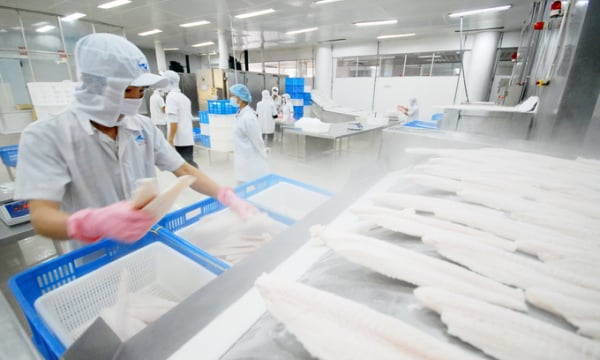
(VAN) In the first quarter of 2024, Vietnam surpassed Japan, moving from the position of the 6th largest seafood exporting partner to Singapore to the 5th position for the first time.
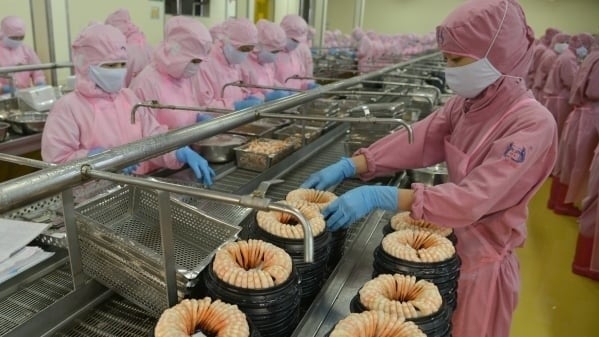
(VAN) Export turnover is estimated to reach 123.64 billion USD in the first four months of 2024, marking an increase of 15% compared to 2023. Notably, agricultural exports constituted over 13.64 billion USD.
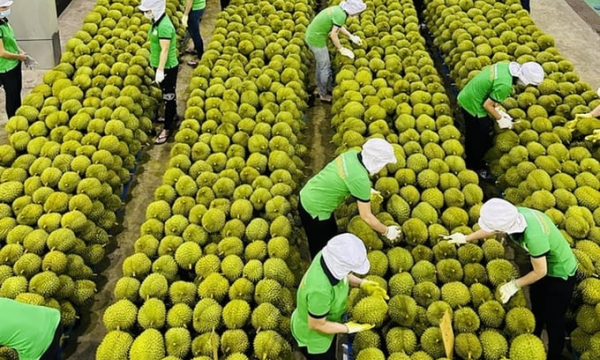
(VAN) Vietnam's vegetable and fruit exports exceeded 1 billion USD for the first time at the start of the year.
/2024/05/01/2555-2-091752_68.jpg)
(VAN) Ecuadorian shrimp imported into China is subject to increased inspection for sulfite residue, creating an opportunity for Vietnamese shrimp to increase exports to this market.
/2024/04/28/2439-1-102023_460.jpg)
(VAN) Digital transformation will help export wood processing businesses reduce costs by 10%, grow by 10–20% in revenue, and increase labor productivity by more than 20%.